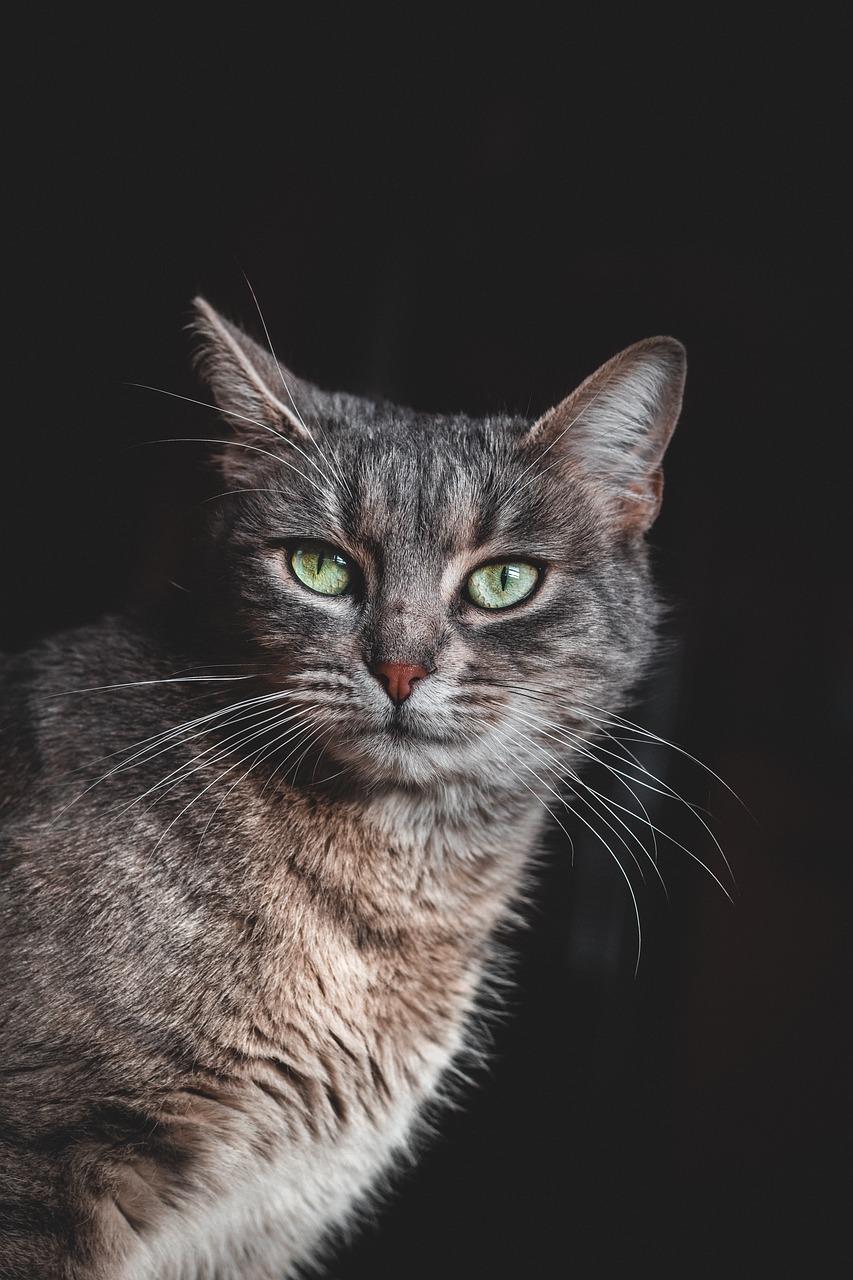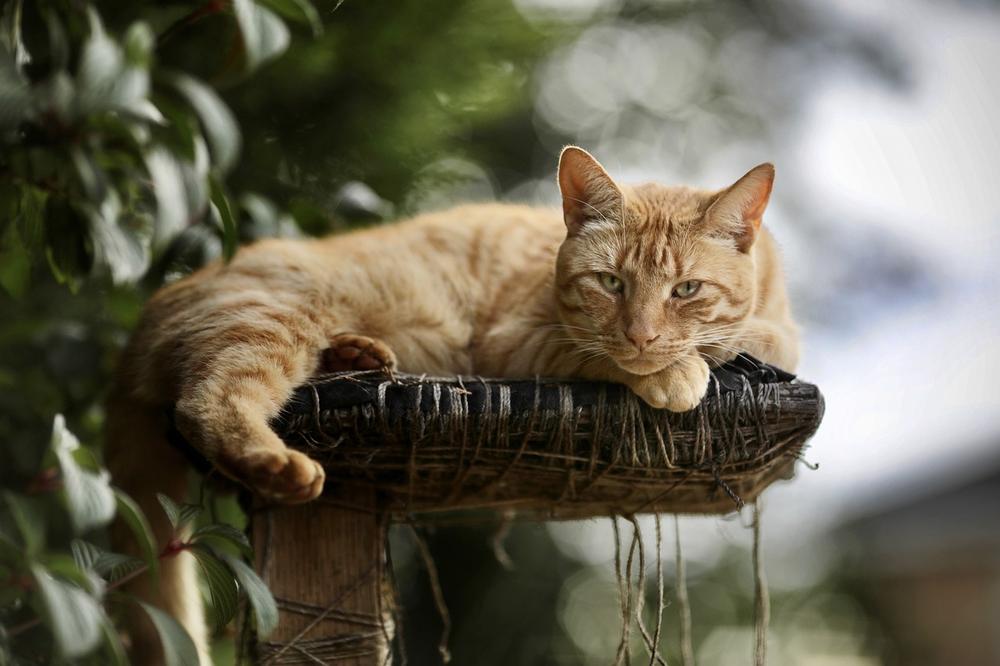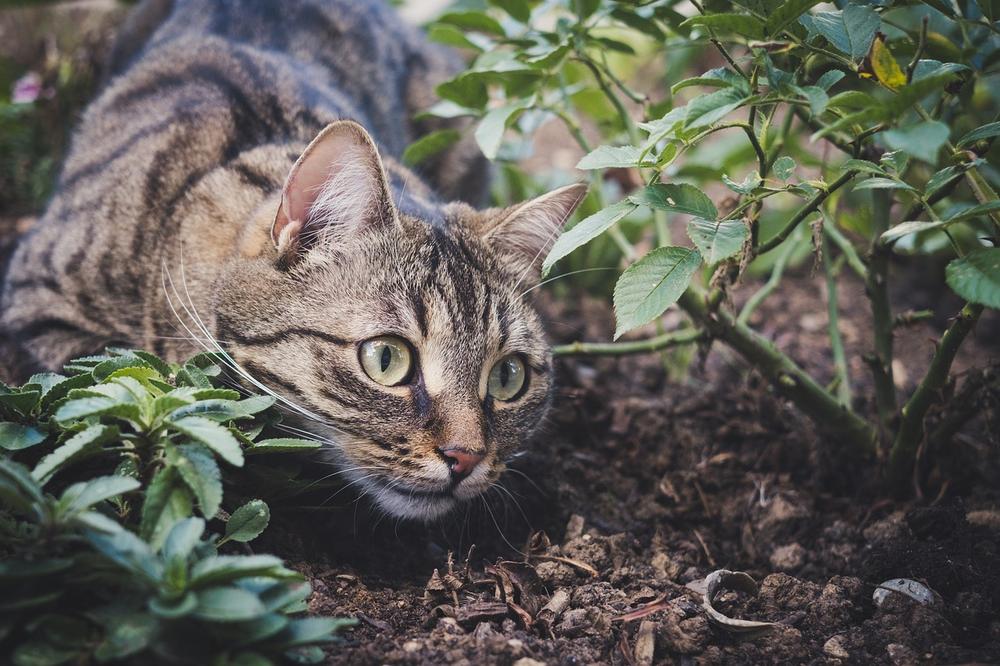Diaphragm Hernia in Cats: Definition, Potential Causes, & More

Look, here's the truth:
Your cat's health scares the living daylights out of you. 😱
Visualize this:
Your furry friend in pain, struggling to breathe.
It's a nightmare that sends shivers down your spine.
But listen, there's a way to calm your anxieties and give your cat the care they need.
In this I Care for Cats guide, I'll reveal the answers.
Let's take charge and put your worries to rest!
Comparative Studies of Diaphragmatic Hernia in Cats
Diaphragmatic hernias in cats can vary depending on their age group, each with its own prevalence and causes. Here's a breakdown:
- Kittens: Diaphragmatic hernia is relatively common in kittens due to their fragile anatomy and playful nature. Trauma remains the most frequent cause, often resulting from falls or accidents while exploring high places.
- Adult Cats: As cats mature, diaphragmatic hernias become less prevalent. However, trauma caused by motor vehicle accidents remains a significant factor, especially for outdoor cats that roam freely.
- Senior Cats: In senior cats, diaphragmatic hernias may occur due to degenerative changes in their body. Weakness of muscle tissues combined with common age-related conditions like coughing or sneezing puts them at higher risk.
You should note that diaphragmatic hernia in cats is predominantly a consequence of trauma, particularly motor vehicle accidents. The liver is the organ most frequently displaced into the chest cavity when the diaphragm ruptures.
Rupture locations are typically on the right side, although some cases may occur on the left or dorsal side of the diaphragm.
In addition to the liver, other organs commonly affected include the intestines, stomach, omentum, and uterus.

When abdominal organs protrude through a diaphragmatic breach, it leads to diaphragmatic hernia.
This condition, though mostly caused by traumatic incidents like being struck by a car, can manifest congenitally as well.
Understanding these variations and causes is crucial in managing diaphragmatic hernias in feline patients.
Whether you have a curious kitten or an adventurous senior cat, vigilance and preventive measures can help keep them safe and protected. 💪
Main points I'll expand upon further down this article:
- Difficulty breathing is the main sign of a diaphragmatic hernia in cats.
- Diagnosis involves physical exams, x-rays, and possibly ultrasounds.
- Symptoms may include irregular heartbeat, labored breathing, and bloating.
- Prompt treatment is crucial for better outcomes.
- Prophylactic antibiotics are used to prevent infections.
- Anesthesia and surgical repair are necessary for treatment.
- Concurrent injuries decrease the survival rate after surgery.
- The overall survival rate for surgical treatment is 71%.
- Diaphragmatic hernias can be acquired or congenital.
- Automobile-related trauma is a common cause, and cautiousness is important.
But how can you ensure an accurate diagnosis and effective treatment for your beloved feline friend?
Well, the answer lies in advanced imaging techniques!
Diagnostic Techniques for Diaphragmatic Hernia in Cats
Veterinarians use various techniques to diagnose diaphragmatic hernia in cats.
Here are 10 steps to help identify the issue:
- Check if advanced imaging techniques like contrast-enhanced CT scans can provide accurate results.
- Look out for dyspnea, which is the most common sign of a diaphragmatic hernia in cats.
- Remember that the time between the injury and diagnosis may vary greatly.
- Be aware of symptoms such as breathing difficulties and bloating if the stomach gets trapped.
- Conduct a physical examination to detect chest diseases by listening for lung and digestive system sounds in the chest.
- Diagnose using x-rays, which can show changes in the shape of the diaphragm and movement of abdominal organs.
- Use specialized x-rays with dyes if necessary to highlight digestive organs.
- Pay attention to symptoms such as an irregular heartbeat, labored breathing, palpitation or empty feeling in the abdomen, vomiting, diarrhea, and bloating.
- Consider cases of congenital diaphragmatic hernia with gradual symptoms like muffled heart sounds, heart murmurs, abdominal defects, and difficulty breathing.
- If more information is needed, combine ultrasounds with x-rays to enhance diagnosis. 😺
I want to assure you that taking the time to diagnose diaphragmatic hernia in cats is crucial for their well-being.

However, I understand that concerns may arise when it comes to the reproductive health of your feline companions.
That's why, in my blog post, I've shared insightful information on the topic of whether a nursing cat can get pregnant while still caring for her kittens.
To find out more, please check out my article Can a Nursing Cat Get Pregnant.
It's an important read for anyone curious about this aspect of cat reproduction.
Surgical Treatment for Diaphragmatic Hernia in Cats
Surgical treatment is the only solution to fix diaphragm hernias in cats.
When it comes to surgery, you have some options.
One choice is conventional open surgery; it has been widely used and proven effective.
However, there are also minimally invasive techniques like laparoscopy that offer benefits.
These newer methods involve smaller incisions which means less pain and faster recovery for your cat.
Plus, they usually result in less scarring.
But, there are drawbacks too.
Minimally invasive procedures can be trickier to perform, so a skilled surgeon is necessary.
They may not be suitable for complex or large hernias.
Before going ahead with surgery, you must stabilize your cat's overall condition, especially if the hernia is caused by trauma.
Ensuring stable breathing and heart rate is essential before proceeding.
What matters is time!

Prompt treatment is vital as delaying surgery increases the risk of complications and even mortality.
Don't wait around hoping it will improve on its own—it won't.
To prevent infections and lung damage, prophylactic antibiotics are given before surgery.
Anesthesia is maintained during the procedure to keep your cat comfortable and pain-free.
Herniorrhaphy, or hernia repair, involves careful dissection and separation of adhesions to restore everything back into the abdominal cavity where it belongs.
After surgery, specific medications and post-operative care are needed for a smooth recovery.
Sometimes, the surgical approach may vary depending on the case and any associated injuries.
Mortality rates can increase as anesthesia duration and surgical complexity rise.
That's why you need a skilled surgeon who can promptly and efficiently perform the procedure.
Ultimately, surgical treatment offers the best chance of recovery from a diaphragmatic hernia in cats.
Choose an experienced veterinarian and trust their expertise.
Rest assured, your cat's life is in good hands—they'll soon be back to their curious and playful selves.
And now, let's dive into some interesting studies and findings that can help us better understand diaphragmatic hernias in cats!
Complications and Prognosis of Diaphragmatic Hernia in Cats
Diaphragm hernias in cats can be complicated and the prognosis varies.
Concurrent injuries like fractures or pneumothorax can make survival after surgery harder, with only 20% surviving according to a recent study.
Age also matters, as older cats have a lower chance of survival compared to younger ones.
During surgery, there is also the possibility of soft tissue injuries, which can lead to complications later on.
Now, let's talk about survival rates. Keep in mind that these numbers are not definite, but they give us an idea.
The all in all survival rate for diaphragmatic hernia surgery is around 71%. For cats specifically, it's about 88.2%, while dogs have a slightly lower rate at 79.8%.
When it comes to acute cases, both cats and dogs fare better.
Cats have a 83.3% survival rate, and dogs have a slightly lower rate at 79.2%.
After surgery, you ought to watch your cat closely for signs of complications like fluid in the lungs or changes in heart rate.
Diaphragm hernias can have different causes, either from forceful blows or being congenital.
Sometimes, cats with milder cases may show weight loss rather than respiratory symptoms.
Every case is unique, so consult your veterinarian to figure out the best plan for your cat.
And now, let me share with you some helpful tips on creating a safe indoor environment for your precious feline companions.
By taking preventive measures, we can reduce the risk of traumatic injuries that may lead to diaphragmatic hernias:
Prevention Strategies for Diaphragmatic Hernia in Cats
To reduce the risk of traumatic injuries leading to diaphragmatic hernias in your feline friend, you have to create a safe indoor environment for them. While vehicular accidents are often the cause, congenital diaphragmatic hernias can also occur. Although preventing the latter is not assured, focusing on preventing traumatic incidents is advisable.

If you have an outdoor cat, exercise caution as they are more susceptible to accidents that may result in diaphragmatic hernias.
Furthermore, certain breeds like Himalayans have a higher predisposition to this condition. To minimize the likelihood of traumatic impacts, ensure your precious furry companion stays away from potential danger zones.
And that wraps up today's article.
If you wish to read more of my useful articles, I recommend you check out some of these: Can You Shave a Cat to Get Rid of Fleas, Is Rose Essential Oil Safe for Cats, Can Cats Drink Green Tea, Cat Purring Effect on Humans, and Is Dracaena Toxic to Cats
Talk soon,
-Sarah Davis